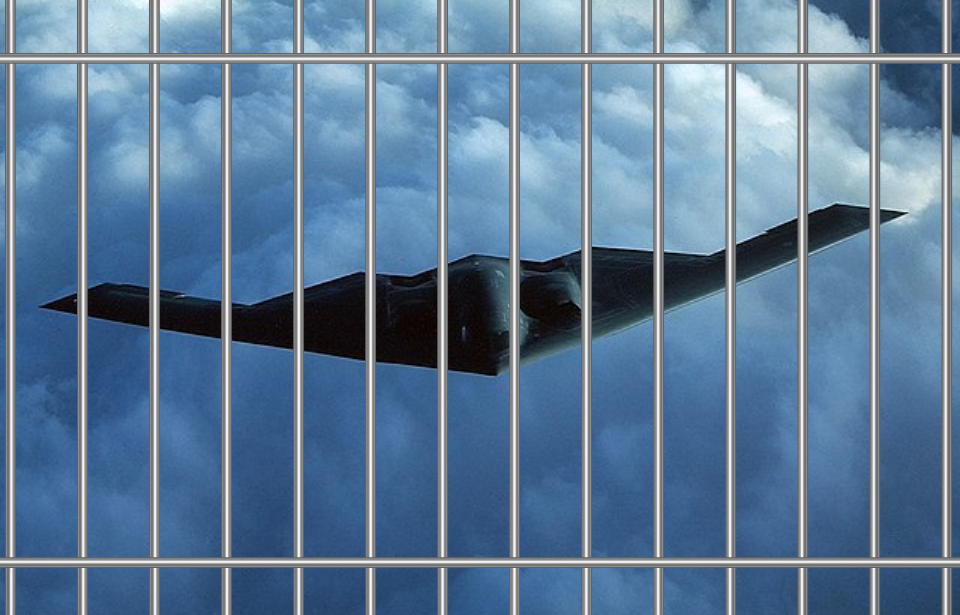Noshir Gowadia was a key figure in developing the B-2 Spirit’s stealth capabilities, particularly its defenses against heat-seeking missiles. He even referred to himself as the “father” of that part of the bomber’s technology.
However, his career came to a shocking end in 2010 when he was convicted of passing classified information about the B-2’s stealth systems to foreign governments. What began as a high-profile role in one of America’s most advanced military projects ended in disgrace, with Gowadia receiving a 32-year prison sentence for espionage.
Northrop Grumman B-2 Spirit
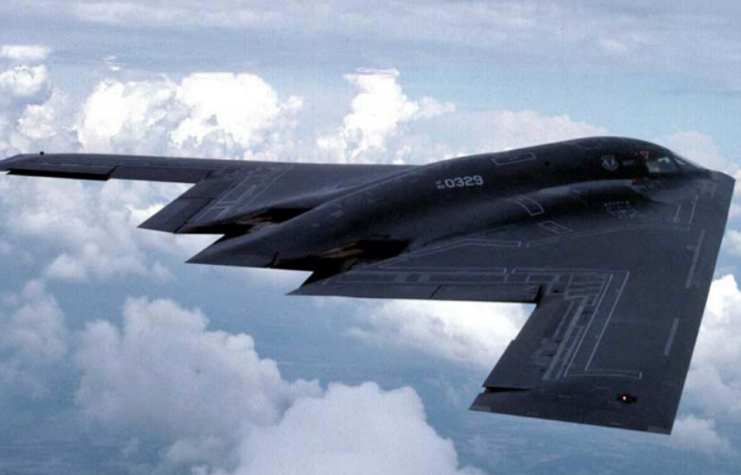
As previously mentioned, the B-2 Spirit stands out as one of the most sophisticated aircraft ever created. Its combination of power and stealth allows it to carry out missions that other bombers cannot reach, making it a crucial component of the US Air Force. The B-2’s key advantage lies in its capacity to deploy large air-to-surface standoff weapons while preserving its stealthy profile.
The B-2’s exceptional stealth is achieved through careful design and engineering. Its engines are housed within the aircraft rather than being mounted externally, and it employs advanced technology to cool its emissions, minimizing infrared detection. Additionally, it operates with quieter performance compared to other bombers.
The B-2 fulfills a distinctive role among bombers by targeting and neutralizing anti-aircraft defenses, thereby allowing less stealthy aircraft to enter and perform their missions. It has been employed in conflicts such as the Iraq and Afghanistan wars and made its combat debut during the Kosovo War in the 1990s.
Noshir Gowadia went from patriotic engineer to treasonous spy
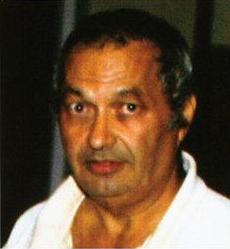
Noshir Gowadia began his career at Northrop in 1968, where he played a major role in developing the B-2 Spirit’s stealth technology, specifically working on systems to reduce the aircraft’s visibility to heat-seeking missiles. Despite his key contributions, he left Northrop-Grumman in 1986 and eventually started his own consulting firm, N.S. Gowadia, Inc., in 1999.
But after leaving the company, Gowadia misused his knowledge in ways that seriously hurt U.S. national security. In 2002, he was accused of sending a fax with classified information about infrared stealth technology to at least three foreign nations. He also faced charges for helping China by designing a cruise missile that could potentially avoid American air defense systems.
Arrested by federal agents
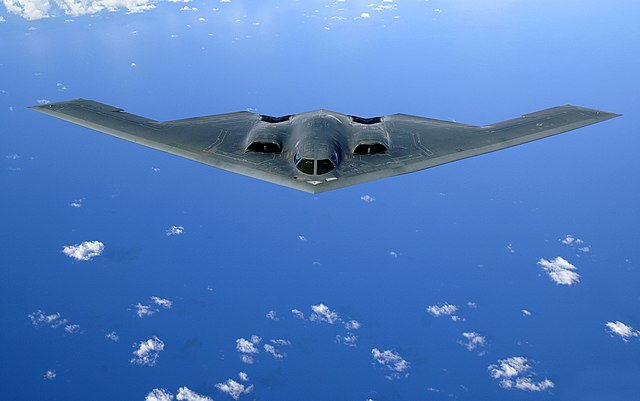
In October 2005, federal agents interviewed Noshir Gowadia twice and conducted a search of his home. On October 26, he was arrested and charged with one count of “willfully communicating, delivering or transmitting national defense information to a person not entitled to receive it, which information the possessor has reason to believe could be used to the injury of the United States or to the advantage of a foreign nation.”
On November 8, a federal grand jury issued an 18-count indictment against Gowadia. According to a press release from the Department of Justice:
“The indictment charges Gowadia with ‘performing substantial defense-related service for the People’s Republic of China (PRC) by agreeing to design, and later designing, a low observable cruise missile exhaust system nozzle capable of rendering the missile less susceptible to detection and interception.'”
The indictment further outlined Gowadia’s trips to China to support the development of this system.
Noshir Gowadia stands trial for his crimes
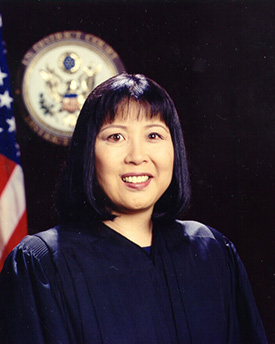
Noshir Gowadia’s trial was delayed several times before it finally began in 2010. Originally scheduled for July 2007, it was first pushed to February 2008 to allow the Department of Justice to finish a background check on his new lawyer. Additional delays followed, as the court needed time to evaluate whether Gowadia was mentally competent to stand trial. He had refused to cooperate with his defense team, raising concerns.
In November 2009, U.S. Magistrate Judge Kevin S.C. Chang determined that Gowadia’s refusal to work with his attorneys wasn’t a sign of incompetence. Chief U.S. District Judge Susan Oki Mollway agreed with this ruling. With no more delays, the trial officially began on April 12, 2010, and closing arguments were made on July 29.
A guilty verdict is returned by the jury
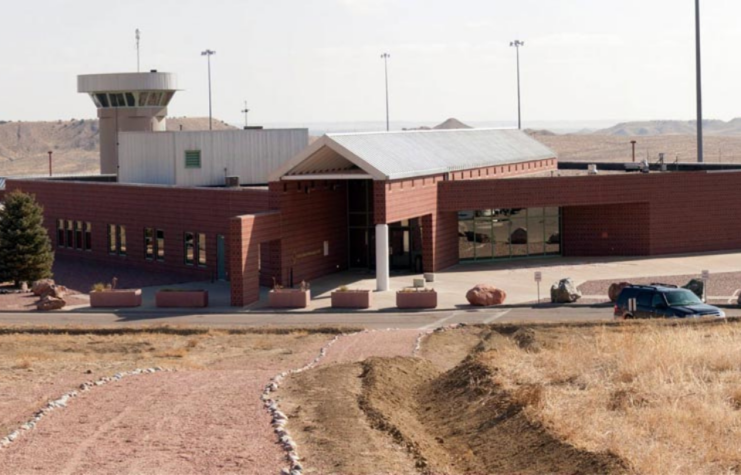
The jury returned a verdict on August 10, finding Noshir Gowadia guilty of both espionage and violating the Arms Export Control Act. Sentencing occurred on January 24, 2011, with the designer sentenced to 32 years in prison. He was incarcerated at ADX Florence, a maximum security prison in Fremont County, Colorado. He is scheduled for release on February 1, 2032.
More from us: North American B-25 Mitchell: The Most Produced American Medium Bomber of World War II
It remains unclear how damaging Gowadia’s secret selling has been, but it is known that Germany, Israel, China, and other nations benefited from his espionage. While it could be an interesting coincidence, the Chinese stealth fighter Chengdu J-20 Mighty Dragon flew for the first time the same month Gowadia was sentenced. This might be the first indication of the impact his actions may have had.
